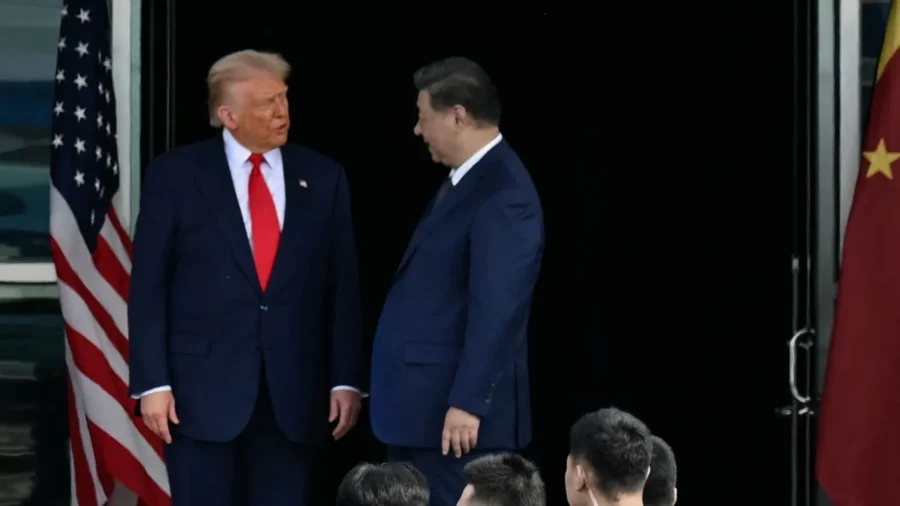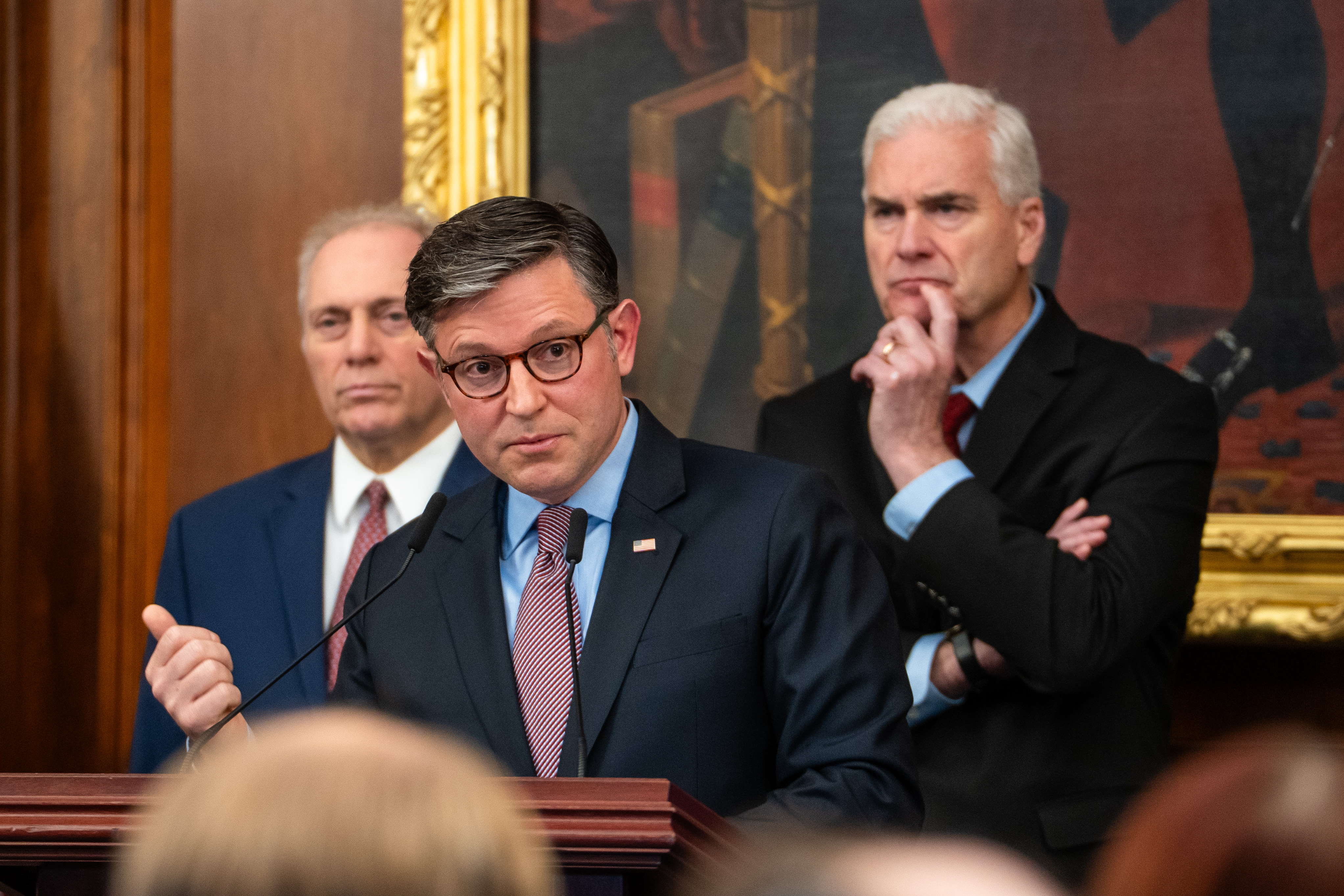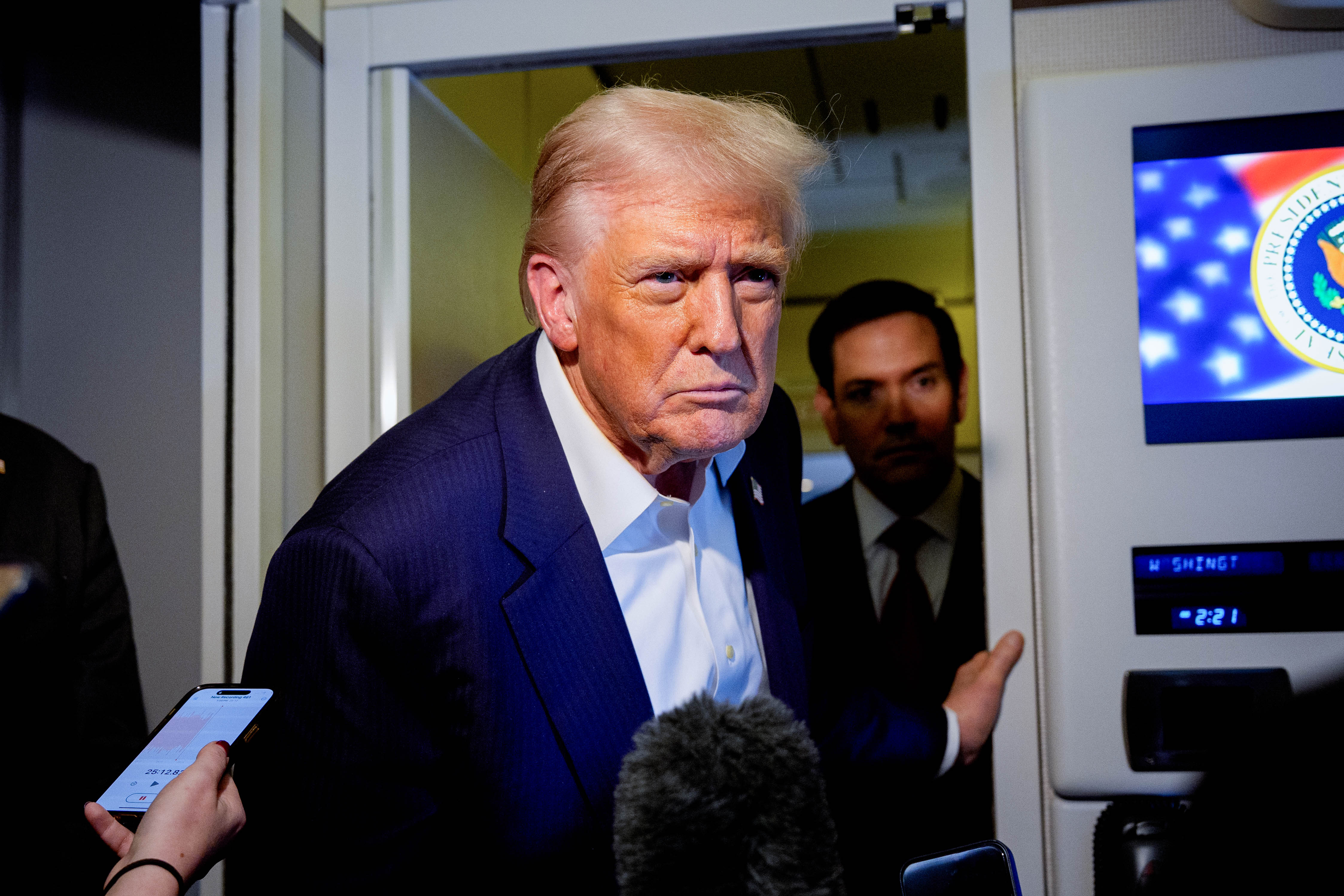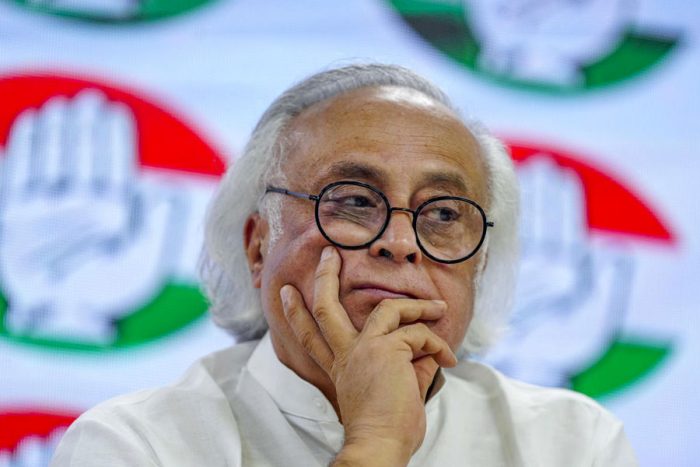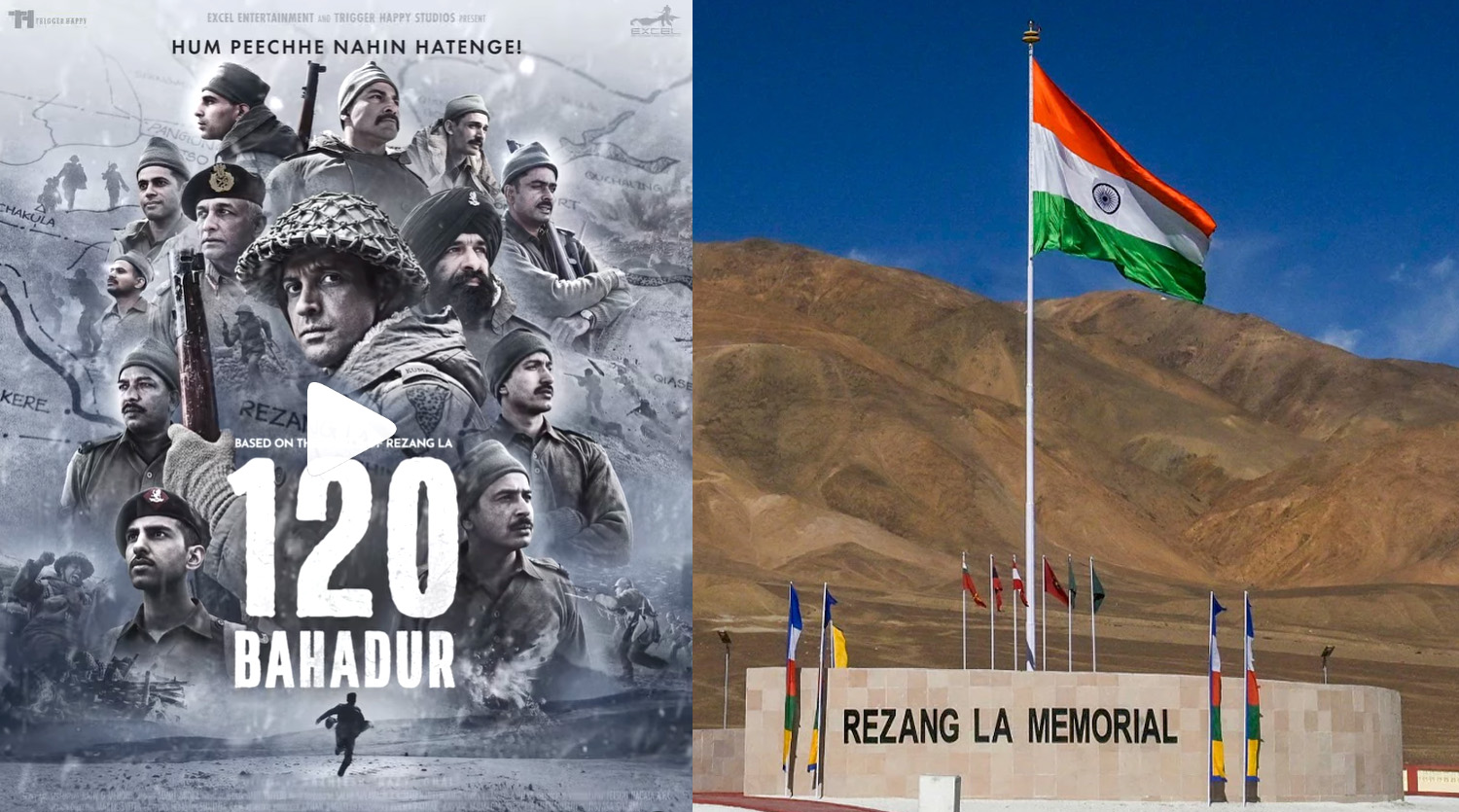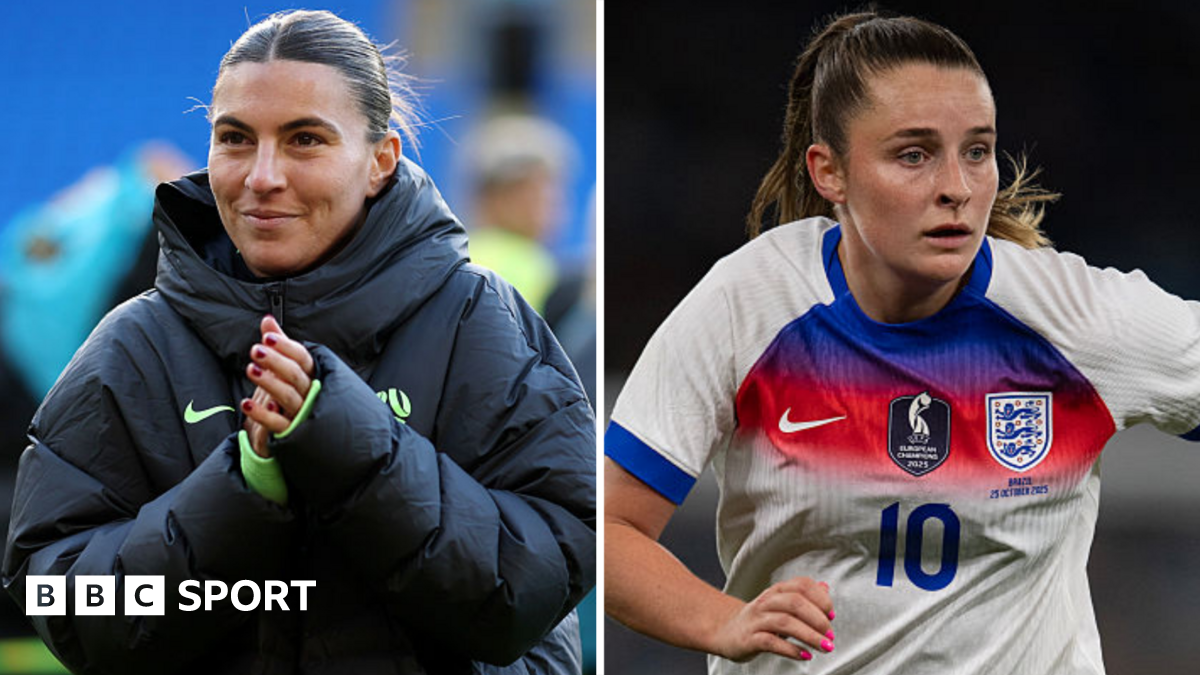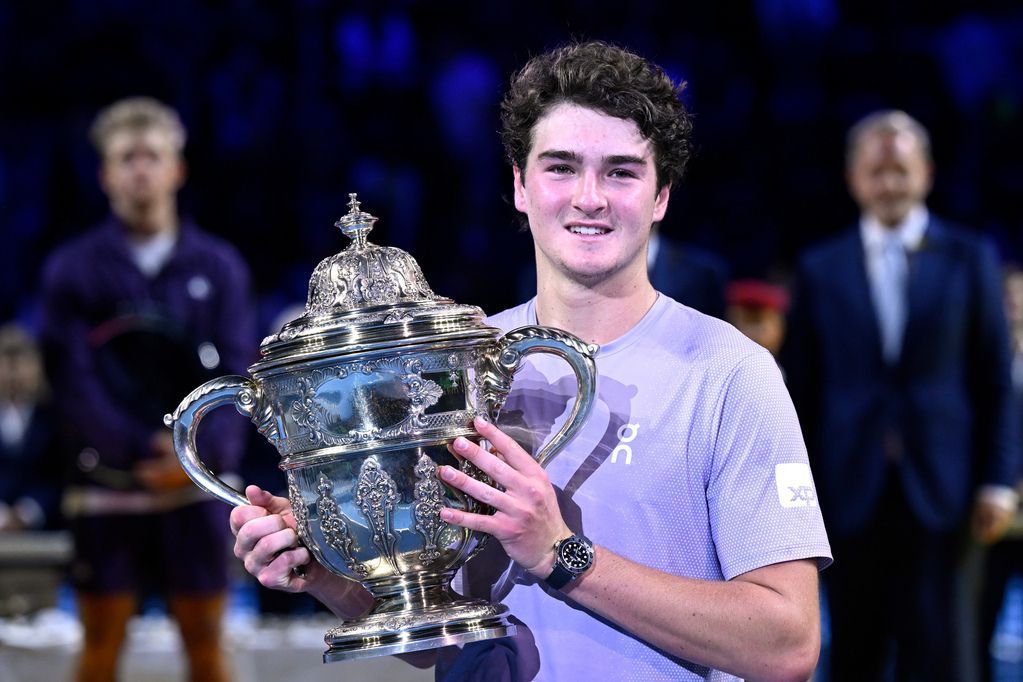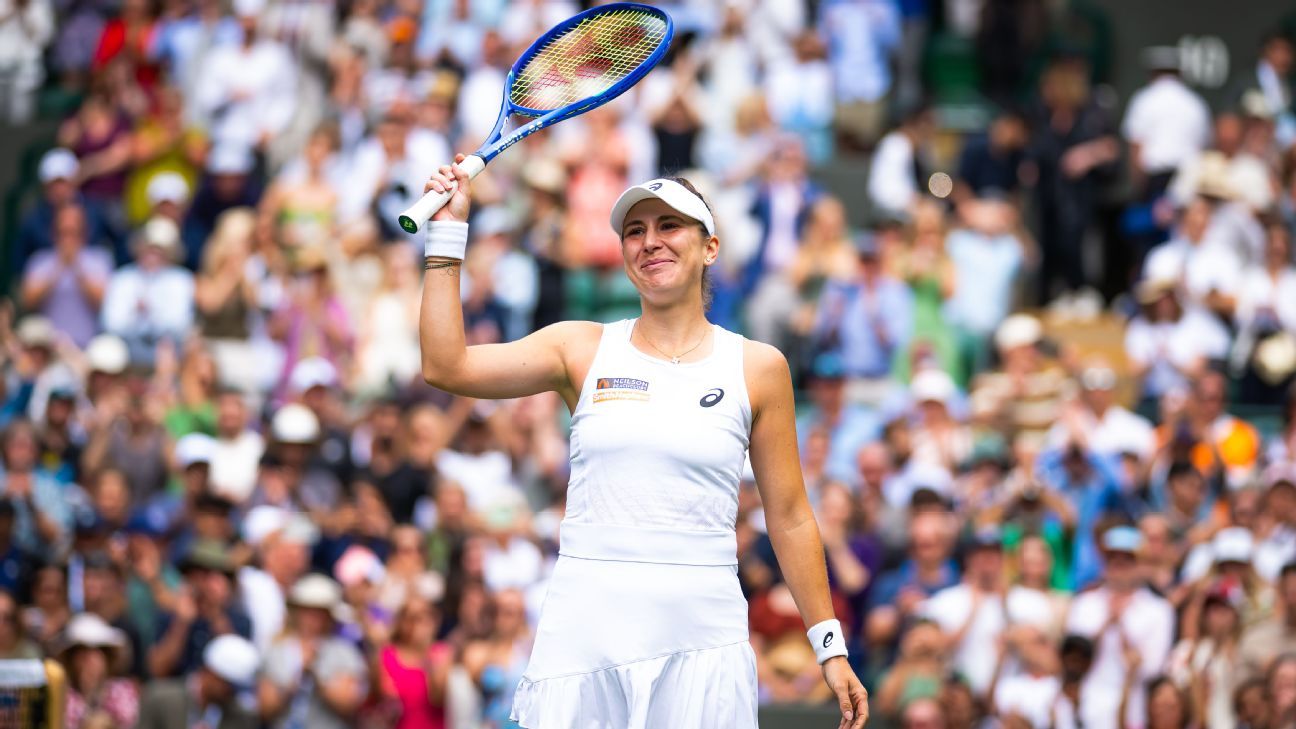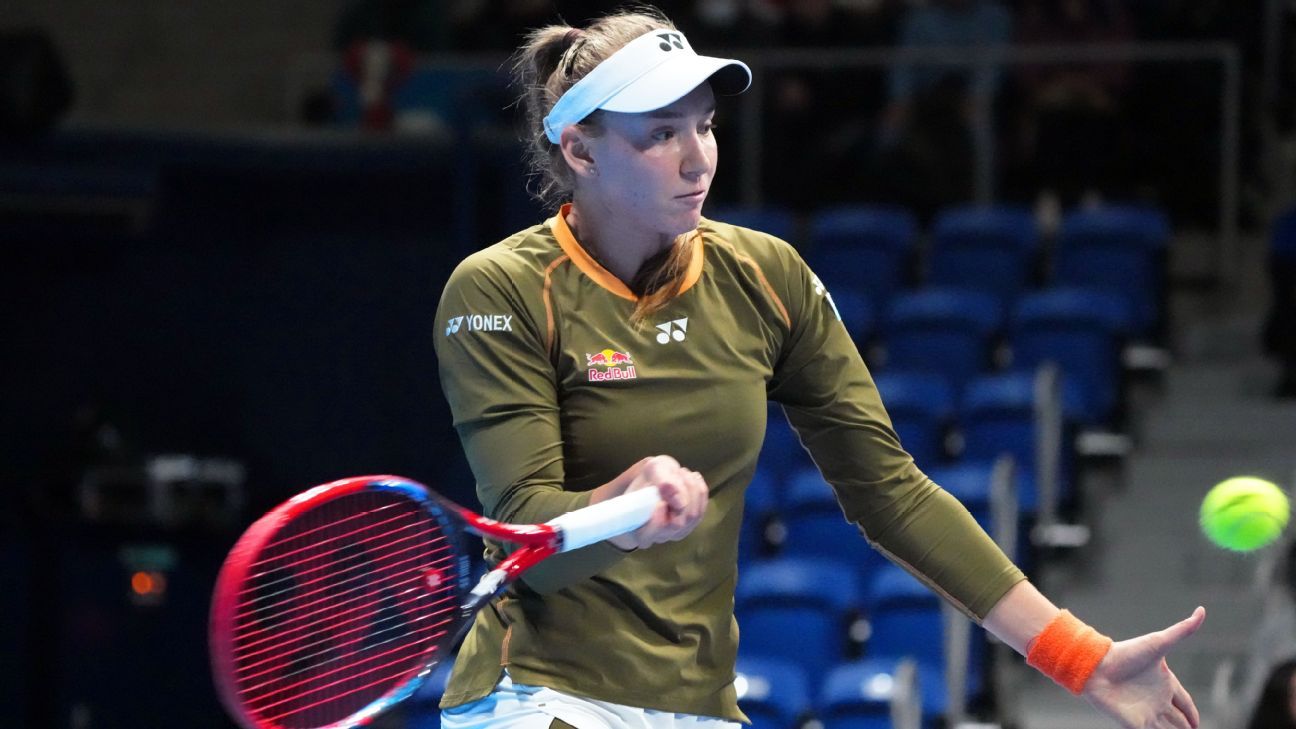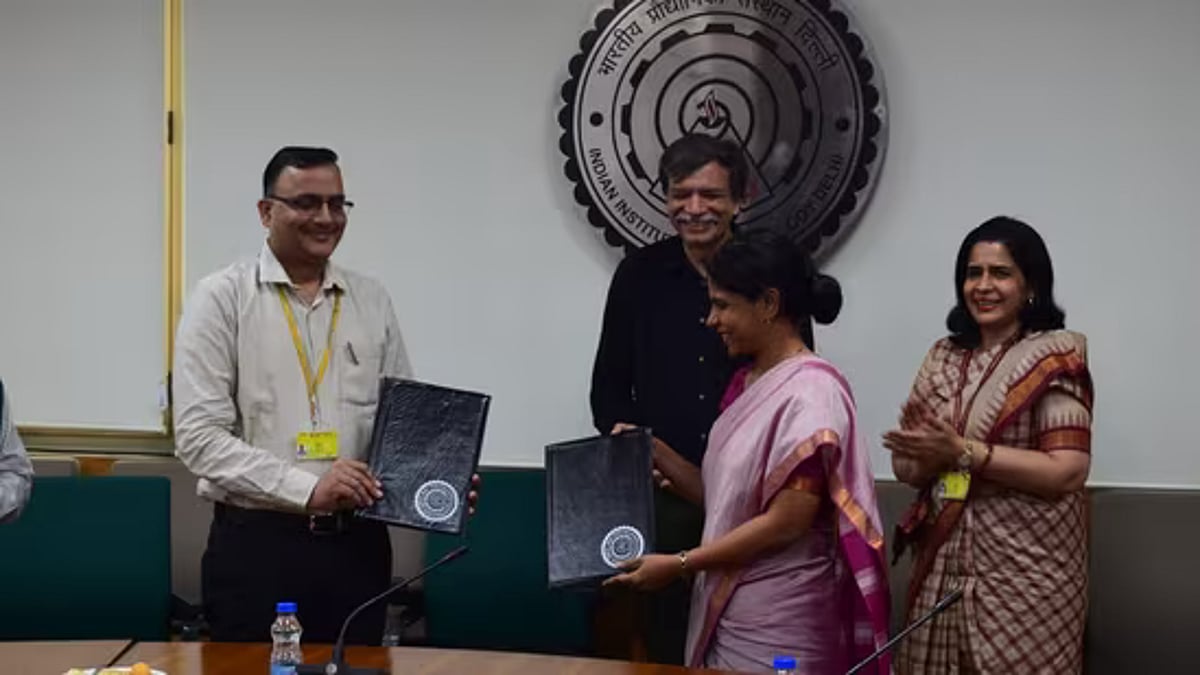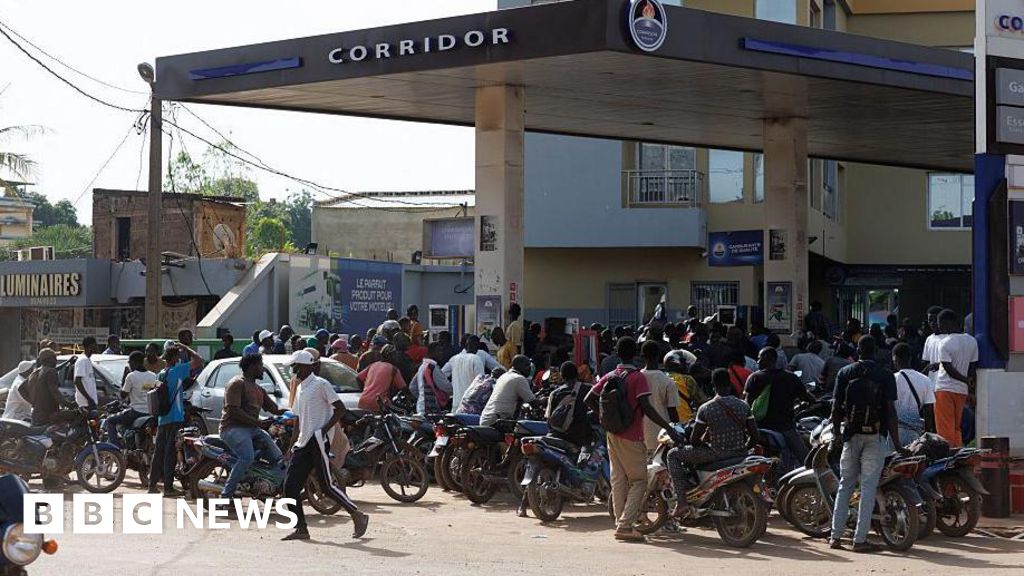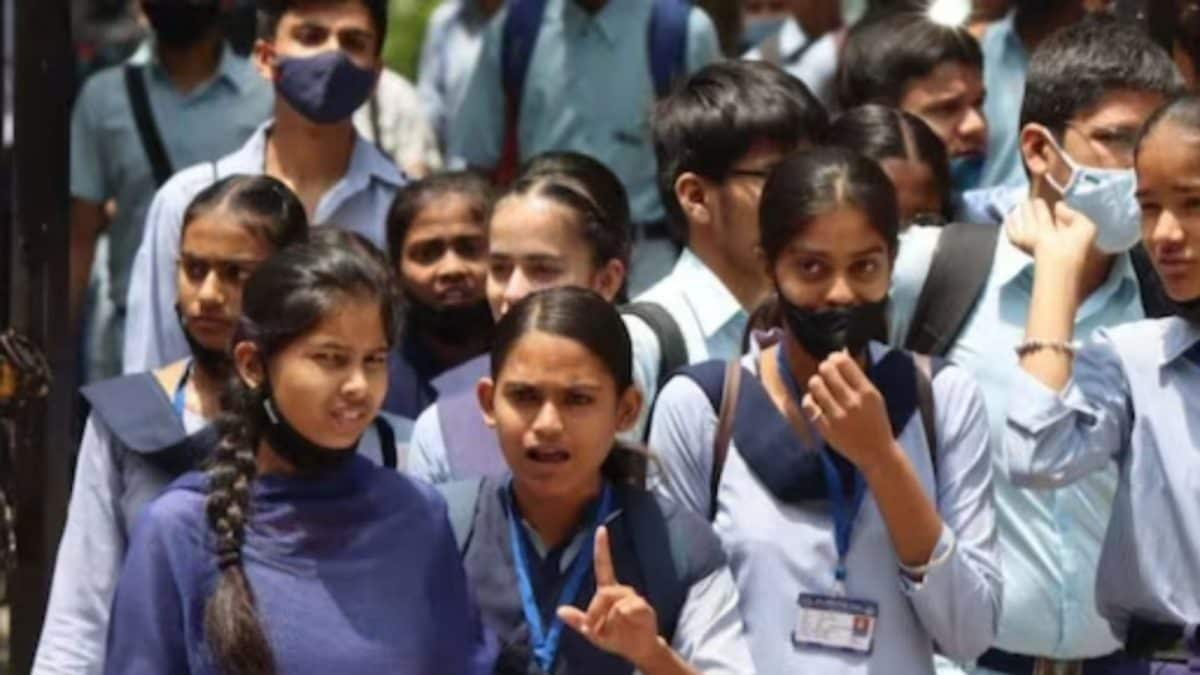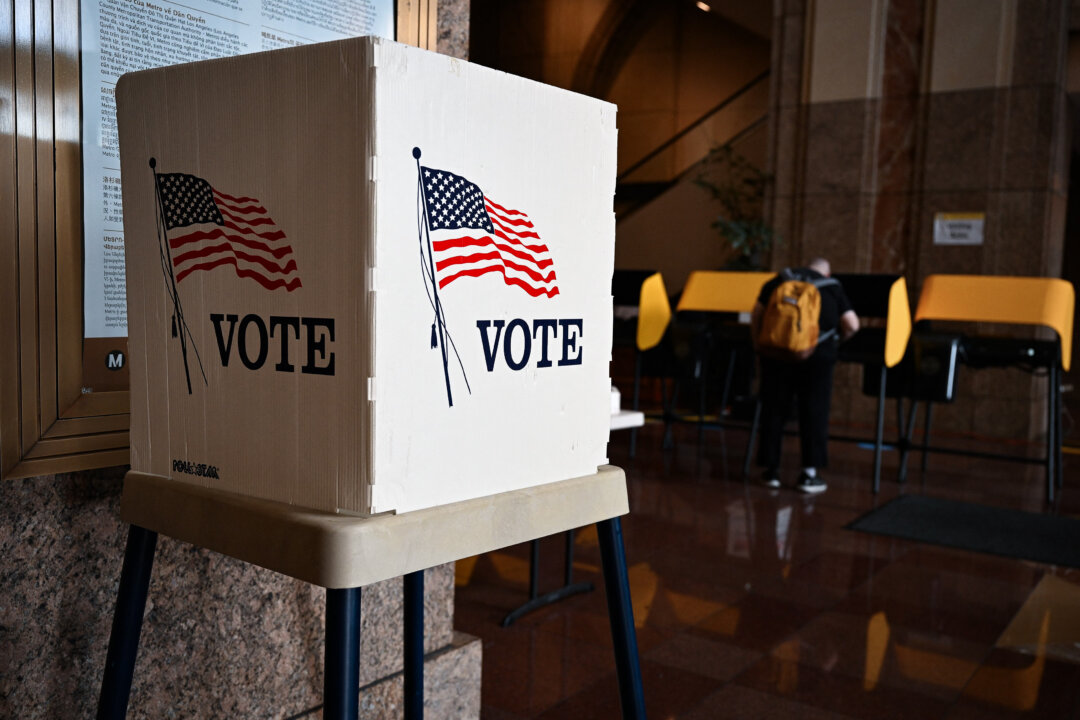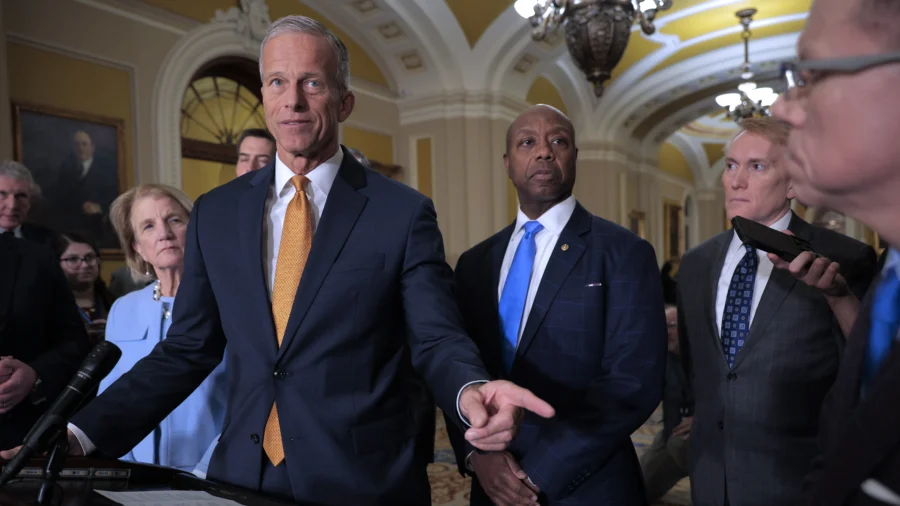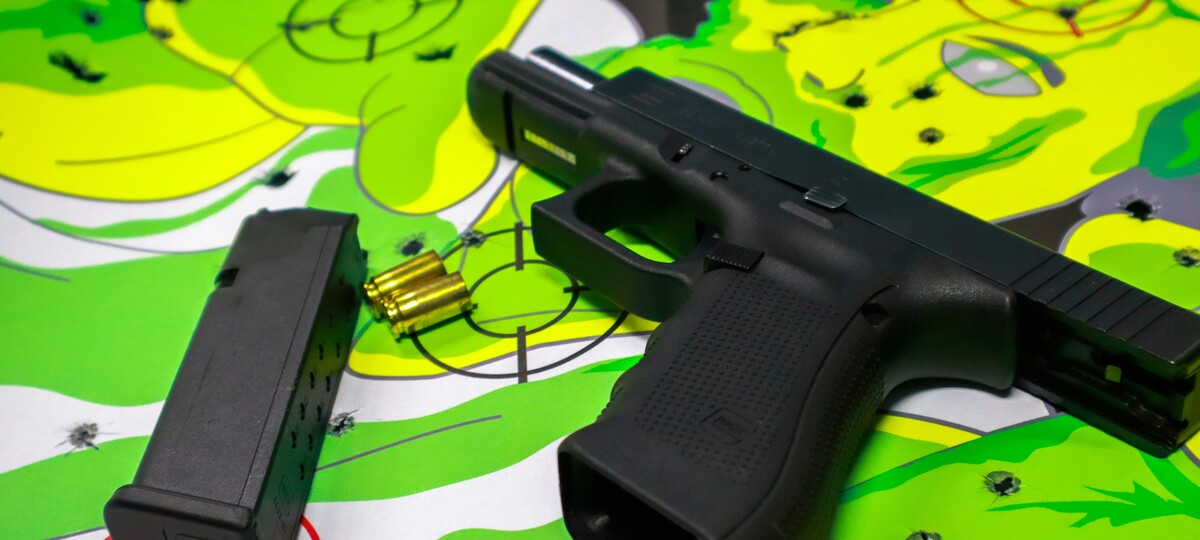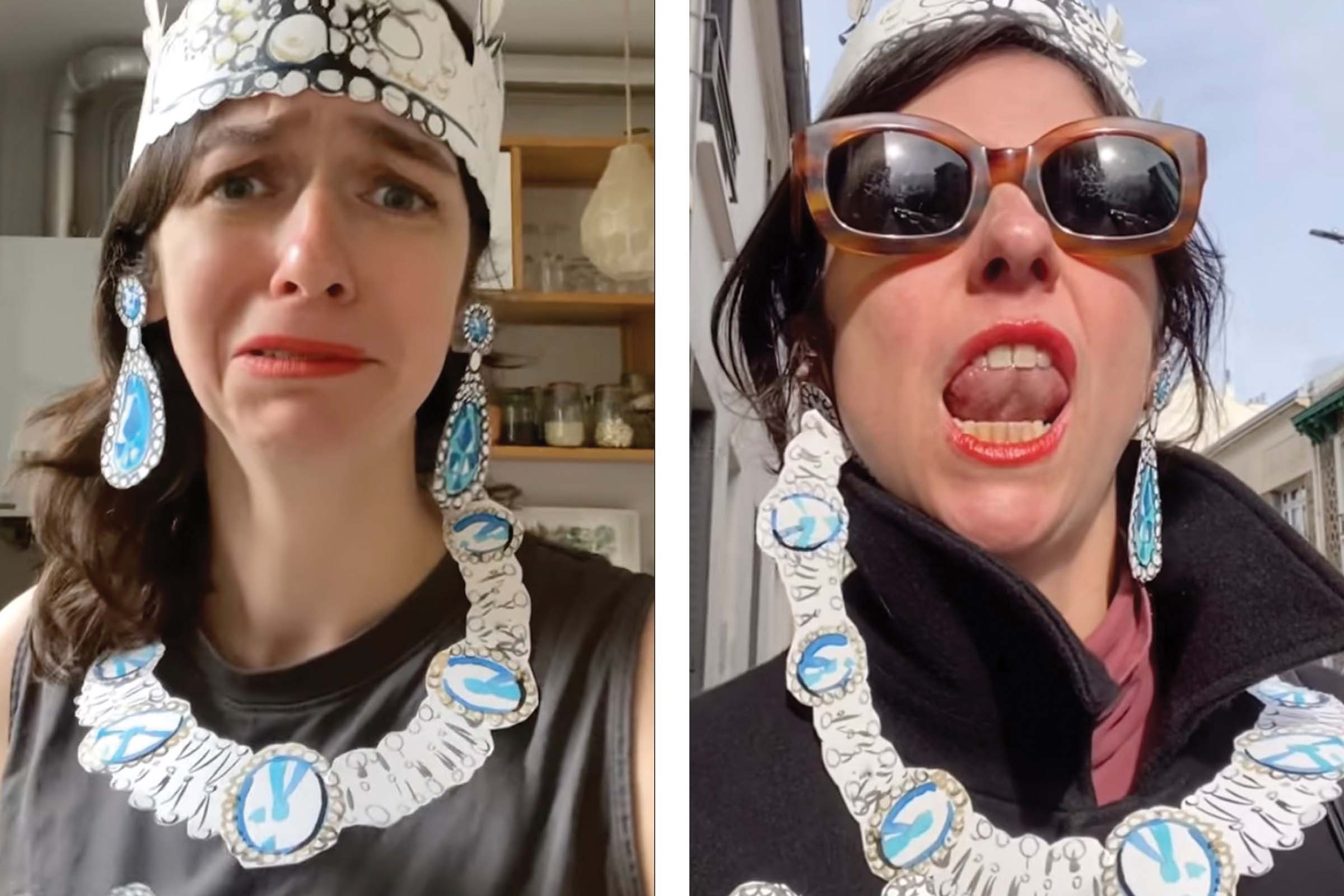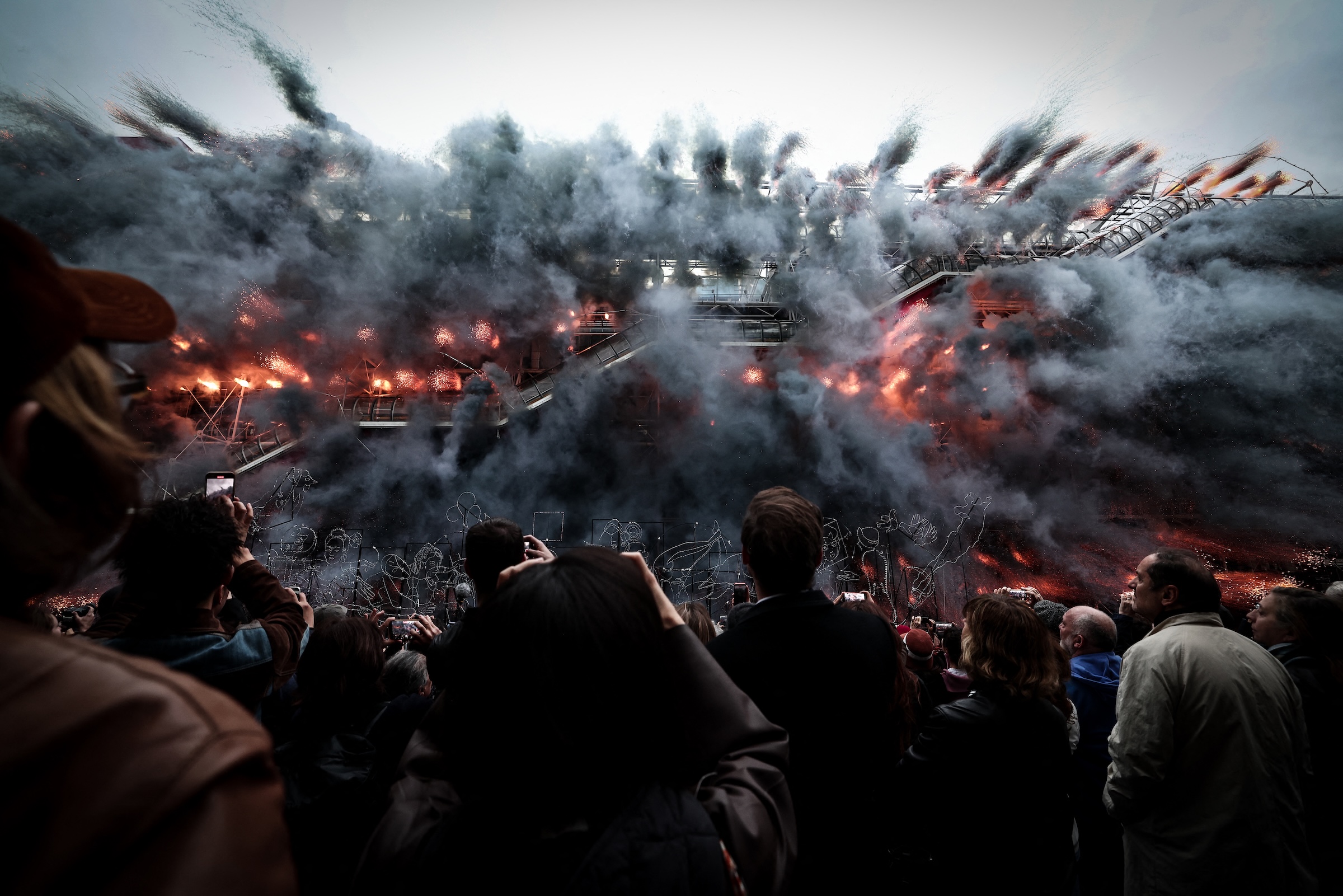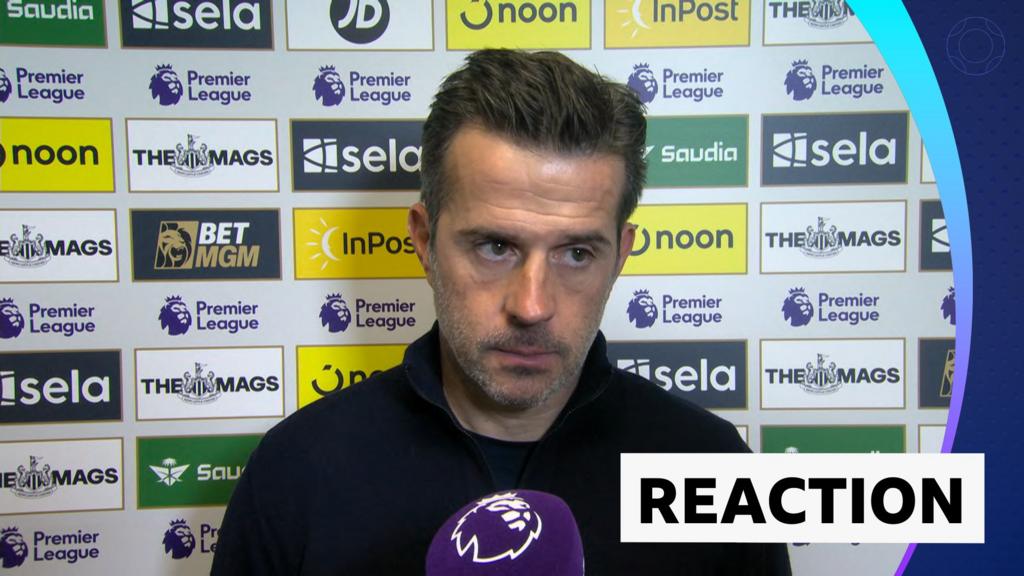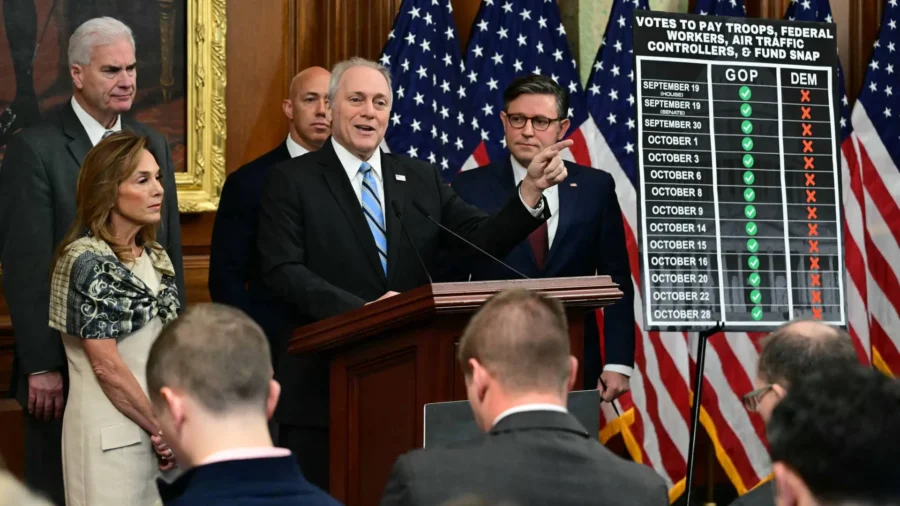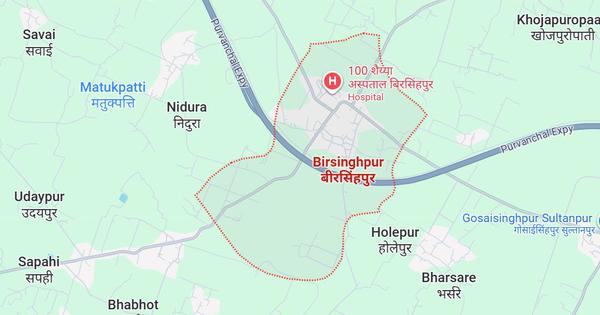Second Lieutenant Arun Khetarpal : India’s youngest Param Vir Chakra awardee and a legacy of valour – Know about the inspiration behind upcoming film ‘Ikkis’
Second Lieutenant Arun Khetarpal was born on 14th October 1950 in Pune, Maharashtra. His family had a proud military linage. He was the elder of two sons born to Brigadier ML Khetarpal and Mrs Maheshwari Khetarpal. Second Lieutenant Arun Khetarpal, one of India’s most valiant heroes, made the supreme sacrifice during the 1971 Indo-Pak War. Leading from the front, he fearlessly assaulted enemy positions and continued fighting despite his tank got hit. For his unmatched courage and… pic.twitter.com/wQI7LHAHR9— Ministry of Defence, Government of India (@SpokespersonMoD) October 14, 2025 Arun’s great-grandfather had fought the British as part of the Sikh Khalsa Army. His grandfather served in the British Indian Army during World War I. Growing up, Arun listened to the inspiring stories from his father about the military background of his family. Arun Khetarpal’s family. Image: Honourpoint Arun received his schooling at The Lawrence School, Sanawar, in the Kasauli hills of Himachal Pradesh. He was a standout student in both academics and sports. He also imbibed the school’s motto, “Never Give In”, as a personal creed. This steadfast resolve, nurtured from childhood, would later define his character on the battlefield. Into the ranks – training and commission Arun followed in his father’s footsteps and his own childhood dream of joining the Army. In June 1967, he joined the National Defence Academy where he joined the 38th Course as part of Foxtrot Squadron. His leadership qualities shone during the course and he became the Squadron Cadet Captain of the batch. After graduating from NDA, he went to the Indian Military Academy (IMA) for advanced military training. Khetarpal earned his commission as an officer in the Indian Army on 13th June 1971. He was posted to the 17th Poona Horse Regiment of the Armoured Corps. Arun was now a second lieutenant in a cavalry unit known for its gallant history and laurels. The Poona Horse was and is one of India’s most decorated armoured regiments. The young officer did not get much time to settle into peacetime duty. Within six months of his commissioning, the subcontinent was under the shadow of war clouds. In early December 1971, hostilities with Pakistan erupted into full-scale conflict. At that moment, Arun was away on a Young Officers’ training course in Ahmednagar, but duty urgently called him to the front lines. He swiftly rejoined his regiment, ready to face his first war. Just weeks past his 21st birthday, Arun even exuded confidence on the way to battle. He famously carried his golf clubs along. When asked if he would play golf on the battleground, he said, “Sir, I plan to play golf in Lahore. And I am sure there will be a dinner night after we win the war, so I’ll need the Blue Patrol dress as well.” The remarks, which were passed to a fellow officer, were light-hearted at the core as he stood at the New Delhi railway station waiting for his train. His mother, present at the station, bade him farewell. The atmosphere belied the gravity of what lay ahead. First battle, final stand – the 1971 Indo-Pak War When the Indo-Pakistan War of 1971 broke out, the 17 Poona Horse was deployed in the western sector as part of the 47th Infantry Brigade, also known as the “Black Arrow” Brigade. It was tasked with offensive operations in the Shakargarh Bulge, near Sialkot. In mid-December, the brigade established a bridgehead across the Basantar River in Pakistani territory under heavy enemy resistance. The area was strewn with mines and fiercely contested, as it was of vital strategic importance. A Pakistani breakthrough at this point could sever road links to Jammu and threaten Indian Punjab. By 15th December 1971, Indian troops had secured a foothold. However, clearing paths for the tanks was still underway when the enemy launched counter-attacks. Image:gallantryawards On 16th December, Pakistani armoured forces of the 13th Lancers regiment, equipped with US-made Patton tanks, counter-attacked the Indian bridgehead at the village of Jarpal under cover of a smoke screen. Their aim was to pierce the Indian defences and collapse the bridgehead. The Poona Horse squadron holding Jarpal was reportedly under intense pressure and urgently requested reinforcement. When 2/Lt Arun Khetarpal, who was with A Squadron in reserve, heard the distress call over the radio net, he did not hesitate and volunteered to move forward with his own troop of tanks to reinforce the embattled squadron. Arun led from the front in his Centurion MK7 tank, aptly named Famagusta after a historic battle honour of his regiment. As Arun’s small contingent charged into the fight, they came under heavy enemy fire while crossing the Basantar River. Pakistani soldiers had dug in with recoilless anti-tank gun nests and machine-gun bunkers that were still holding out. For Arun and his fellow men, time was of the essence. If the Pakistani armoured thrust was not blunte
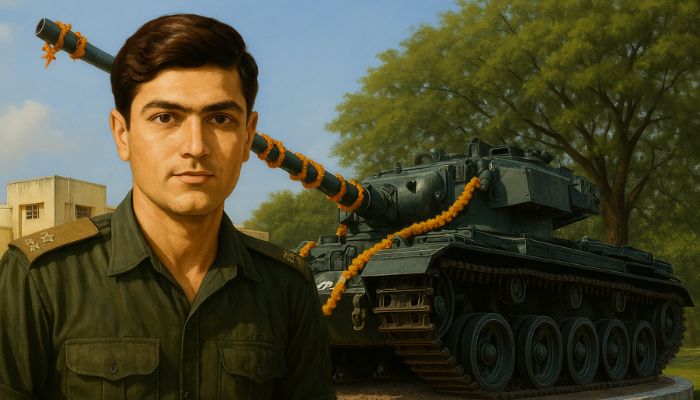


Second Lieutenant Arun Khetarpal was born on 14th October 1950 in Pune, Maharashtra. His family had a proud military linage. He was the elder of two sons born to Brigadier ML Khetarpal and Mrs Maheshwari Khetarpal.
Second Lieutenant Arun Khetarpal, one of India’s most valiant heroes, made the supreme sacrifice during the 1971 Indo-Pak War. Leading from the front, he fearlessly assaulted enemy positions and continued fighting despite his tank got hit. For his unmatched courage and… pic.twitter.com/wQI7LHAHR9
— Ministry of Defence, Government of India (@SpokespersonMoD) October 14, 2025
Arun’s great-grandfather had fought the British as part of the Sikh Khalsa Army. His grandfather served in the British Indian Army during World War I. Growing up, Arun listened to the inspiring stories from his father about the military background of his family.
Arun received his schooling at The Lawrence School, Sanawar, in the Kasauli hills of Himachal Pradesh. He was a standout student in both academics and sports. He also imbibed the school’s motto, “Never Give In”, as a personal creed. This steadfast resolve, nurtured from childhood, would later define his character on the battlefield.
Into the ranks – training and commission
Arun followed in his father’s footsteps and his own childhood dream of joining the Army. In June 1967, he joined the National Defence Academy where he joined the 38th Course as part of Foxtrot Squadron. His leadership qualities shone during the course and he became the Squadron Cadet Captain of the batch.
After graduating from NDA, he went to the Indian Military Academy (IMA) for advanced military training. Khetarpal earned his commission as an officer in the Indian Army on 13th June 1971. He was posted to the 17th Poona Horse Regiment of the Armoured Corps. Arun was now a second lieutenant in a cavalry unit known for its gallant history and laurels. The Poona Horse was and is one of India’s most decorated armoured regiments.
The young officer did not get much time to settle into peacetime duty. Within six months of his commissioning, the subcontinent was under the shadow of war clouds. In early December 1971, hostilities with Pakistan erupted into full-scale conflict. At that moment, Arun was away on a Young Officers’ training course in Ahmednagar, but duty urgently called him to the front lines.
He swiftly rejoined his regiment, ready to face his first war. Just weeks past his 21st birthday, Arun even exuded confidence on the way to battle. He famously carried his golf clubs along. When asked if he would play golf on the battleground, he said, “Sir, I plan to play golf in Lahore. And I am sure there will be a dinner night after we win the war, so I’ll need the Blue Patrol dress as well.”
The remarks, which were passed to a fellow officer, were light-hearted at the core as he stood at the New Delhi railway station waiting for his train. His mother, present at the station, bade him farewell. The atmosphere belied the gravity of what lay ahead.
First battle, final stand – the 1971 Indo-Pak War
When the Indo-Pakistan War of 1971 broke out, the 17 Poona Horse was deployed in the western sector as part of the 47th Infantry Brigade, also known as the “Black Arrow” Brigade. It was tasked with offensive operations in the Shakargarh Bulge, near Sialkot. In mid-December, the brigade established a bridgehead across the Basantar River in Pakistani territory under heavy enemy resistance.
The area was strewn with mines and fiercely contested, as it was of vital strategic importance. A Pakistani breakthrough at this point could sever road links to Jammu and threaten Indian Punjab. By 15th December 1971, Indian troops had secured a foothold. However, clearing paths for the tanks was still underway when the enemy launched counter-attacks.
On 16th December, Pakistani armoured forces of the 13th Lancers regiment, equipped with US-made Patton tanks, counter-attacked the Indian bridgehead at the village of Jarpal under cover of a smoke screen. Their aim was to pierce the Indian defences and collapse the bridgehead.
The Poona Horse squadron holding Jarpal was reportedly under intense pressure and urgently requested reinforcement. When 2/Lt Arun Khetarpal, who was with A Squadron in reserve, heard the distress call over the radio net, he did not hesitate and volunteered to move forward with his own troop of tanks to reinforce the embattled squadron. Arun led from the front in his Centurion MK7 tank, aptly named Famagusta after a historic battle honour of his regiment.
As Arun’s small contingent charged into the fight, they came under heavy enemy fire while crossing the Basantar River. Pakistani soldiers had dug in with recoilless anti-tank gun nests and machine-gun bunkers that were still holding out.
For Arun and his fellow men, time was of the essence. If the Pakistani armoured thrust was not blunted quickly, the Indian bridgehead could collapse. Arun displayed fearless initiative and threw caution to the winds. He ordered an immediate assault on the enemy strong points impeding their way. His tanks roared forward, literally charging the Pakistani bunkers.
In that daring move, Arun’s troop overran the enemy defences, crushed gun positions and even captured enemy soldiers at pistol-point from atop his tank. In the course of these close-range engagements, one of Arun’s fellow troop commanders was killed by enemy fire. However, Arun pressed on relentlessly.
His aggressive action and bold leadership succeeded in neutralising the enemy fortifications. He broke through to link up with B Squadron just in time, as the Pakistani tanks momentarily fell back after their initial probing attack, likely startled by the ferocity of the Indian response.
However, the fight was far from over. The Pakistani armoured forces regrouped quickly and launched a fresh squadron-strength attack. Their main effort was directed at the sector held by 2/Lt Arun Khetarpal and the two remaining Indian tanks commanded by Captain V. Malhotra and Lt Avtar Ahlawat. What unfolded next was one of the fiercest tank engagements of the war.
Indian tank crews were heavily outnumbered and outgunned, but they stood their ground. A furious duel at close range ensued amid exploding shells and burning hulks. Khetarpal and his comrades destroyed multiple enemy tanks in rapid succession. In this pitched battle, a total of ten Pakistani tanks were hit and destroyed, four of which were personally knocked out by 2/Lt Arun Khetarpal’s own gunnery skill.
The enemy’s superior numbers were telling, though. Lt Ahlawat’s tank took a direct hit and was forced out of action, and Captain Malhotra’s tank suffered a jammed main gun, which left it unable to fire. For a crucial half-hour, Arun Khetarpal stood alone in the path of the Pakistani onslaught, effectively the last tank operating in his sector, yet unflinching in the face of overwhelming odds.
With immense courage, the 21-year-old officer continued the fight solo. His tank Famagusta became a one-tank army, duelling an entire squadron of enemy armour. Arun’s resolve was absolute. Not a single enemy tank would be allowed to break through on his watch.
Amid this battle, Famagusta was struck by an enemy shell and caught fire. Arun was wounded in this attack. His squadron leader apprehended the danger and ordered him to abandon the burning tank. Arun refused to retreat. Over the radio, he sent back a now-immortal message, “No Sir, I will not abandon my tank. My main gun is still working, and I will get these bastards.”
He then removed his radio headset to avoid further orders to fall back and pressed on with the fight. True to his words, despite being grievously injured, Arun kept firing. He destroyed one more Pakistani tank at point-blank range.
By now, the engagement had essentially become a duel, with Arun’s lone Centurion taking on the last of the attacking Pattons within 100 metres. At that moment, his tank was hit by another armour-piercing round, this time directly in the turret. The second impact proved fatal, and Famagusta was silenced. 2/Lt Arun Khetarpal was mortally wounded. The young officer held the line to his last breath and succumbed to his injuries on his tank.
Khetarpal’s heroic stand saved the day for India at Basantar. By the time he fell, the Pakistani attack was broken. Not a single enemy tank had managed to get past his position. The enemy was denied the breakthrough they desperately sought. His extraordinarily valiant stand inspired the remaining Indian troops, who fought on and repelled the Pakistani forces on all fronts.
The Battle of Basantar ended in a decisive Indian victory. On the same day, 16th December 1971, Pakistan’s Eastern Command formally surrendered in Dhaka, leading to the creation of Bangladesh and bringing the war to a close. But that triumph came at a heavy price. India lost many brave soldiers in the 13-day conflict, including Second Lieutenant Arun Khetarpal, who laid down his life on the battlefield of Basantar at the age of 21.
Legacy of a Hero
For his “dauntless courage, dogged determination and supreme sacrifice”, Second Lieutenant Arun Khetarpal was posthumously awarded the Param Vir Chakra, India’s highest military honour for gallantry. His intrepid valour saved the day, stated the official citation; the enemy’s armoured thrust was decisively blunted and not one enemy tank got through his sector.
The young officer had exemplified the very highest ideals of service, displaying “leadership, tenacity and exceptional courage in the face of the enemy” far beyond the call of duty. At just 21 years of age, Arun Khetarpal became and remains the youngest ever recipient of the Param Vir Chakra.
Arun Khetarpal’s legacy has lived on in multiple ways. He earned the nickname “Sher e Basantar”, meaning Tiger of Basantar, in honour of his ferocity and fearlessness during that battle. The Army’s officers and men continue to draw inspiration from his story of raw bravery under fire. The commander of the Pakistani tank unit that day, Major Khwaja Naser, is believed to have fired the fatal shot at Khetarpal’s tank.
Even he came to respect the fallen Indian hero. Decades later, Arun’s father, Brig ML Khetarpal, met the Pakistani officer who had been on the other side of the gunsight. Their poignant meeting demonstrated the mutual admiration that true soldiers can hold beyond the divide of wartime enmity.
The Centurion tank Famagusta (hull number IC 202), which Khetarpal refused to abandon, was later recovered and lovingly restored. It stands preserved at the Armoured Corps Centre and School in Ahmednagar as a proud relic of his heroism.
Memorials to Second Lieutenant Khetarpal exist beyond the battlefield as well. In 2021, on the 50th anniversary of the war, a new war memorial was unveiled at Veer Bhoomi Park in the Samba district of Jammu (near the Basantar battleground) to honour Arun Khetarpal and other local 1971 heroes.
At the National War Memorial in New Delhi, a bronze bust of Arun Khetarpal stands in the Param Yodha Sthal gallery among India’s greatest war heroes, ensuring that his story is recounted to future generations. His alma mater, NDA Khadakwasla, also commemorates him as one of its brightest and bravest ex-cadets.
Fifty years have passed but the saga of Arun’s bravery continues to inspire India. Now, his life story is set to reach an even wider audience through cinema with the upcoming film titled Ikkis, which means 21, directed by Sriram Raghavan and produced by Maddock Films. Agastya Nanda, grandson of Amitabh Bachchan, is playing the role of Arun, alongside veteran actor Dharmendra playing Brig M. L. Khetarpal, in this biographical war drama.


